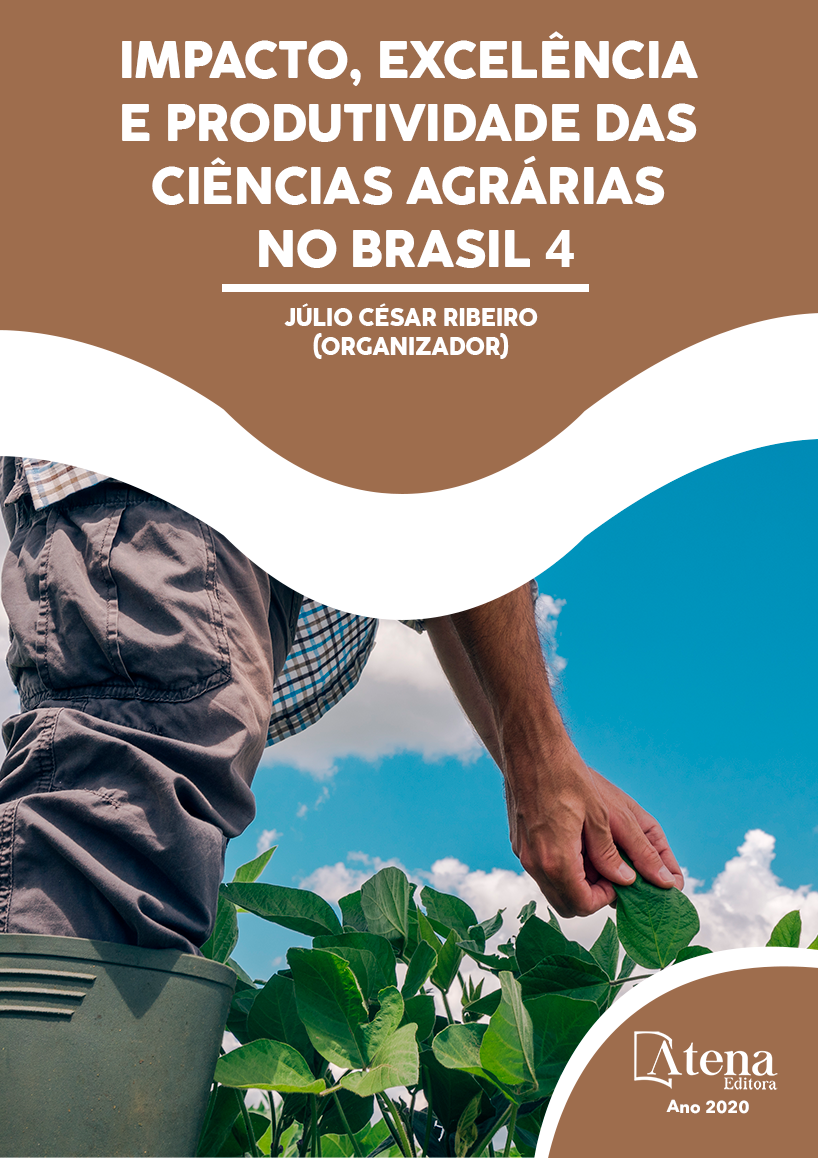
EFEITO DO MÉTODO E TEMPO DE BRANQUEAMENTO NO CONTROLE DO ESCURECIMENTO ENZIMÁTICO EM MAÇÃ (Malus dosmentica Barkh)
O presente trabalho teve por objetivo avaliar a eficiência do método (imersão ou a vapor) e do tempo de branqueamento no escurecimento enzimático e nas propriedades físico-químicas de maçã durante o armazenamento congelado. Maçãs da variedade Gala após lavagem, sanitização em água clorada e enxágue foram descascadas e cortadas em formato de meia lua. As amostras foram aleatoriamente distribuídas em 5 condições experimentais: controle (C); branqueamento por imersão em água fervente por 1 (I1) e 2 minutos (I2) e; branqueamento a vapor por 1 (V1) e 2 minutos (V2); imediatamente após o branqueamento todas as amostras foram analisadas quanto à atividade da peroxidase. Seguidamente, as amostras foram armazenadas sob temperatura de congelamento, por 5 dias, e analisadas quanto ao pH, acidez total, sólidos solúveis totais (SST) e análise visual da cor. O branqueamento por imersão, no tempo de 2 minutos, mostrou ser o método mais eficaz no controle do escurecimento enzimático. Todavia, o processo de imersão em água fervente tende a reduzir o teor de sólidos solúveis totais e, assim como o método a vapor, diminuir o percentual de acidez dos frutos.
EFEITO DO MÉTODO E TEMPO DE BRANQUEAMENTO NO CONTROLE DO ESCURECIMENTO ENZIMÁTICO EM MAÇÃ (Malus dosmentica Barkh)
-
DOI: 10.22533/at.ed.53720210521
-
Palavras-chave: MÉTODOS DE CONTROLE DE ESCURECIMENTO ENZIMÁTICO EM BATATA (Solanum tuberosum)
-
Keywords: bleaching, immersion, steam, enzymatic browning, apple
-
Abstract:
The objective of the present work was to evaluate the efficiency of the method (immersion or steam) and the bleaching time in the enzymatic browning and in the physicochemical properties of apple during frozen storage. Apples of the Gala variety after washing, sanitizing in chlorinated water and rinsing were peeled and cut into a half moon shape. The samples were randomly distributed in 5 experimental conditions: control (C); bleaching by immersion in boiling water for 1 (I1) and 2 minutes (I2) e; steam bleaching for 1 (V1) and 2 minutes (V2); immediately after bleaching, all samples were analyzed for peroxidase activity. Then, the samples were stored under freezing temperature, for 5 days, and analyzed for pH, total acidity, total soluble solids (SST) and visual color analysis. Bleaching by immersion, in the time of 2 minutes, proved to be the most effective method in controlling enzymatic browning. However, the process of immersion in boiling water tends to reduce the content of total soluble solids and, like the steam method, decrease the percentage of acidity of the fruits.
-
Número de páginas: 7
- Danielly Cristiny Rodrigues Mendonça
- João Vitor da Silva Brito
- Natália Rocha Carvalho
- Arthur Silva de Jesus
- Nivandroaldo Machado Gama
- Priscilla Macedo Lima Andrade
- Marcus Andrade Wanderley Junior


